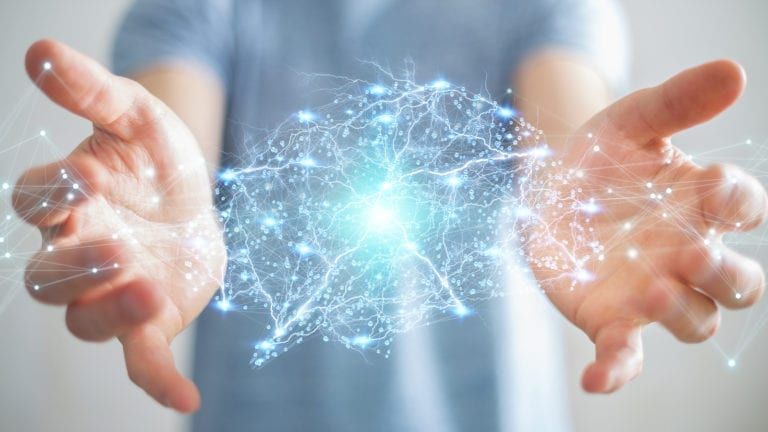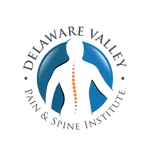What is Neuromodulation and How Does it Help With Chronic Pain?

Those who struggle with chronic pain often experience a debilitating struggle that makes it challenging to enjoy social events and time with their loved ones. Ongoing research seeks to help these patients find relief from their pain and regain some or all of their quality of life. Nearly 20% of all Americans suffer from some form of chronic pain, but relief is a distant dream for many of them. As research continues, new options for relief from chronic pain become available, such as neurostimulation therapy. This treatment has been shown to provide meaningful relief to patients with chronic pain.
What Is Chronic Pain?
Chronic pain refers to a pain-causing condition that lasts longer than 12 weeks. While the pain can begin due to issues with an injury or sprain, there are times when the body doesn’t stop sending pain messages even once the antagonizing event has been resolved. This form of pain is known as neuropathic pain, described by the American Chronic Pain Association as a “Complex, chronic pain state.” Everyone who experiences chronic pain has a different relationship with it, and the solutions that bring relief to one patient may not bring relief to another. This can make diagnosing the source of the pain a challenge.
What Is Neurostimulation Therapy?
This therapeutic modality involves the use of electrical stimulation to interrupt the pain signals being sent to the brain. Through the use of implantable devices, the patient’s experience of these pain signals can be altered by dulling their perception of it. There are two forms of Neurostimulation therapy commonly used. These are:
- Dorsal Root Ganglion (DRG) Therapy – This aids users in the management of chronic pain that has proven difficult to treat. This treatment is used in cases where the pain is restricted to the lower extremities and is associated with Complex Regional Pain Syndrome (CRPS). It has shown success in those that have undergone amputation surgeries, knee replacement, or have had hernias.
- Spinal Cord Stimulation (SCS) – This form of Neurotherapy has been in use for 40 years. It has shown success in treating pain resulting from nerve damage or back surgery, especially when located in the arms, back, or legs. A small device is implanting in the body to alter the pain signals and the patient’s perception of pain.
Am I A Candidate For Neurostimulation Therapy?
A consultation with your medical professional is necessary to determine if this form of pain management will be appropriate for your case. Whether you’re using a current form of pain control that isn’t working or are looking for non-chemical options to find relief, talking to your physician should be your first step.
If you’re wondering if this form of treatment will work for you, call the Delaware Valley Pain & Spine Institute to schedule an appointment with Dr. Todd Bromberg. Working alongside our team of specialists, they’ve been helping patients in the Chalfont, PA area find relief from chronic pain. Don’t let chronic pain steal away your quality of life, make a phone call, and start on the road to relief today!


Recent Comments